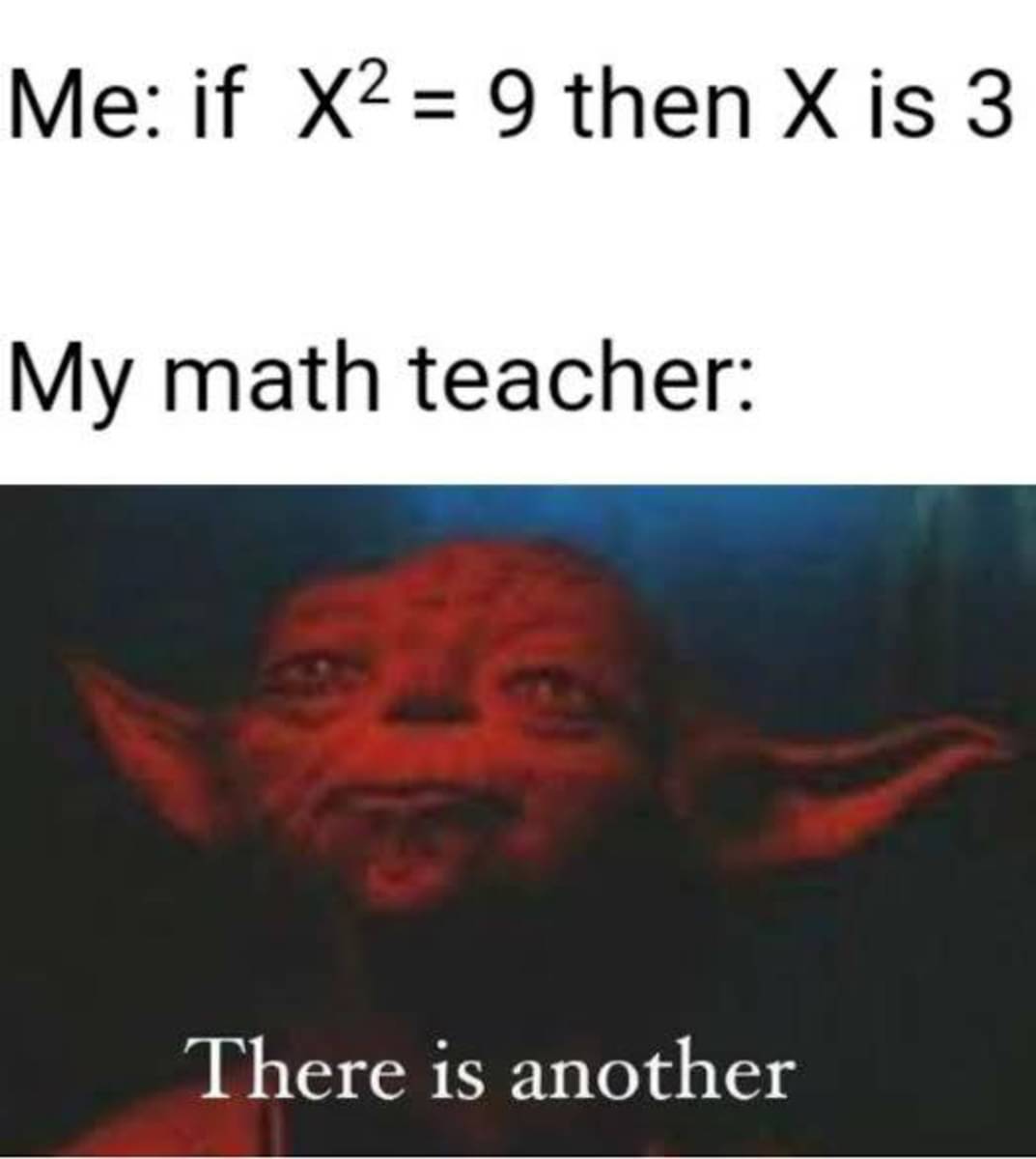this post was submitted on 17 Apr 2024
782 points (98.0% liked)
Science Memes
14048 readers
1360 users here now
Welcome to c/science_memes @ Mander.xyz!
A place for majestic STEMLORD peacocking, as well as memes about the realities of working in a lab.

Rules
- Don't throw mud. Behave like an intellectual and remember the human.
- Keep it rooted (on topic).
- No spam.
- Infographics welcome, get schooled.
This is a science community. We use the Dawkins definition of meme.
Research Committee
Other Mander Communities
Science and Research
Biology and Life Sciences
- [email protected]
- [email protected]
- [email protected]
- [email protected]
- [email protected]
- [email protected]
- [email protected]
- [email protected]
- [email protected]
- [email protected]
- [email protected]
- [email protected]
- [email protected]
- [email protected]
- [email protected]
- [email protected]
- [email protected]
- [email protected]
- [email protected]
- [email protected]
- [email protected]
- [email protected]
- [email protected]
- [email protected]
- !reptiles and [email protected]
Physical Sciences
- [email protected]
- [email protected]
- [email protected]
- [email protected]
- [email protected]
- [email protected]
- [email protected]
- [email protected]
- [email protected]
Humanities and Social Sciences
Practical and Applied Sciences
- !exercise-and [email protected]
- [email protected]
- !self [email protected]
- [email protected]
- [email protected]
- [email protected]
Memes
Miscellaneous
founded 2 years ago
MODERATORS
you are viewing a single comment's thread
view the rest of the comments
view the rest of the comments

This only ever got handed down to us as gospel. Is there a compelling reason why we should accept that (-3) × (-3) = 9?
Here's another example:
A) -3 × (-3 + 3) = ?
You can solve this by figuring out the brackets first. -3 × 0 = 0
You can also solve this using the distributive property of multiplication, rewriting the equation as
A) -3 × (-3 + 3) = 0
(-3 × -3) + (-3 × 3) = 0
(-3 × -3) - 9 = 0
(-3 × -3) = 9
If (-3 × -3) didn't equal 9 then you'd get different answers to equation A depending on what method you used to solve it.
Same reason that a double negative makes a positive.
You can look at multiplication as a shorthand for repeated addition, so, for example:
In other words we have three lots of three. The zero will be handy later...
Next consider:
Here we have three lots of minus three. So what happens if we instead have minus three lots of three? Instead of adding the threes, we subtract them:
Finally, what if we want minus three lots of minus three? Subtracting a negative number is the equivalent of adding the positive value:
Do let me know if some of that isn't clear.
i think this is a really clean explanation of why (-3) * (-3) should equal
9. i wanted to point out that with a little more work, it's possible to see why (-3) * (-3) must equal 9. and this is basically a consequence of the distributive law:the first equality uses
0 * anything = 0. the second equality uses(3 + -3) = 0. the third equality uses the distribute law, and the fourth equality uses3 * (-3) = -9, which was shown in the previous comment.so, by adding
9to both sides, we get:in other words,
9 = (-3) * (-3). this basically says that if we want the distribute law to be true, then we need to have (-3) * (-3) = 9.it's also worth mentioning that this is a specific instance of a proof that shows
(-a) * (-b) = a * bis true for arbitrary rings. (a ring is basically a fancy name for a structure with addition and distribute multiplication.) so, any time you want to have any kind of multiplication that satisfies the distribute law, you need (-a) * (-b) = a * b.in particular,
(-A) * (-B) = A * Bis also true whenAandBare matrices. and you can prove this using the same argument that was used above.This was very clear. Now that I see it, I realize it’s the same reasoning why x^(-3) is 1/(x^3):
Thank you!